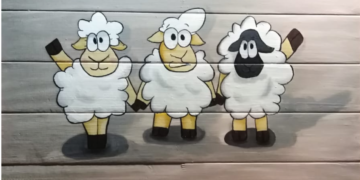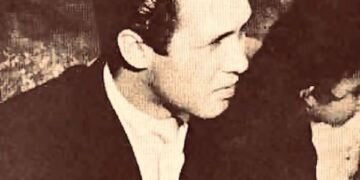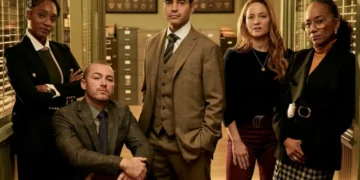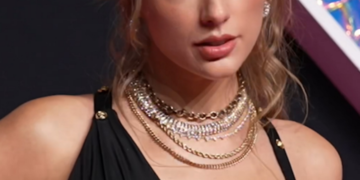There are around 5.8 million Jewish people in the US that are either practicing or have Jewish heritage. That’s not a huge number, so you might not have much knowledge of Jewish culture from personal experience.
And while TV shows and films portray some Jewish traditions, they often don’t give you the full picture. For example, Reform Jews might practice some Jewish ceremonies that Orthodox Jews don’t recognize.
It’s a fascinating religion and culture!
So, are you interested in learning more about the Jewish faith through its holy traditions? This quick guide is a great place to start.
Brit Milah and Simchat Bat
Let’s begin with a Jewish ceremony that occurs soon after birth. Brit Milah (or a bris) is a ceremony for boys. Around seven days after their birth, a professional called a mohel circumcises Jewish boys at home.
This is because Abraham circumcises his son, Jacob, as described in the Torah (a Jewish holy book).
Since the 20th-century, some Reform Jews celebrate Simchat Bat for the birth of Jewish girls. This is more like a blessing or naming ceremony.
Bat Mitzvah and Bar Mitzvah
Bat mitzvahs and bar mitzvahs are two of the most well-known Jewish traditions outside of the faith.
13-year-old Jewish boys celebrate a bar mitzvah while Jewish girls celebrate a bat mitzvah. These ceremonies mark their transition from childhood into adulthood.
There are lots of differences between the ceremonies. For example, boys read from the Torah, but girls read a prayer from the Siddur. You can learn more about the differences if you find these ceremonies interesting.
Jewish Wedding Traditions
There are so many intricate Jewish traditions entwined within a wedding ceremony.
Brides and grooms say their vows underneath a chuppah which is often a piece of cloth held up by four poles. They sign the ketubah, a type of marriage contract, and they recite the Seven Blessings.
And breaking a glass represents remembering the destruction of Jerusalem during happy occasions.
Jewish Funeral Practices
Traditional Jewish funerals occur within 24 hours of death. During that time, someone washes the body, dresses them in a simple white shroud, and places the body in a simple wood coffin.
For seven days after the funeral, close family members recognize Shiva, which is a seven-day period of mourning.
Rosh Hashanah and Yom Kippur
Rosh Hashannah and Yom Kippur are the highest holy days of the Jewish faith. Rosh Hashannah is Jewish New Year and ten days of repentance follow leading up to Yom Kippur.
Yom Kippur is a day of atonement, and many Jewish people mark it by fasting, praying, and confessing. Both days occur in either September or October every year.
Hanukkah (Festival of Lights)
It coincides with the Christian holiday of Christmas, but Hanukkah is not as important to Jews as Yom Kippur.
Jewish people mark the rededication of the holy temple by the Maccabees in the 2nd century. They do this by lighting eight candles on a menorah over eight days after December 25th.
Jewish Traditions Are Important and Sacred
This is not an exhaustive guide to all Jewish traditions, but it should give you an idea of exactly how vast and complex the Jewish faith is.
Learning about other cultures can help you be more empathetic and open your eyes to different perspectives. Plus, it can be fun! Read our travel articles if you want help planning life-changing cultural experiences.






























































